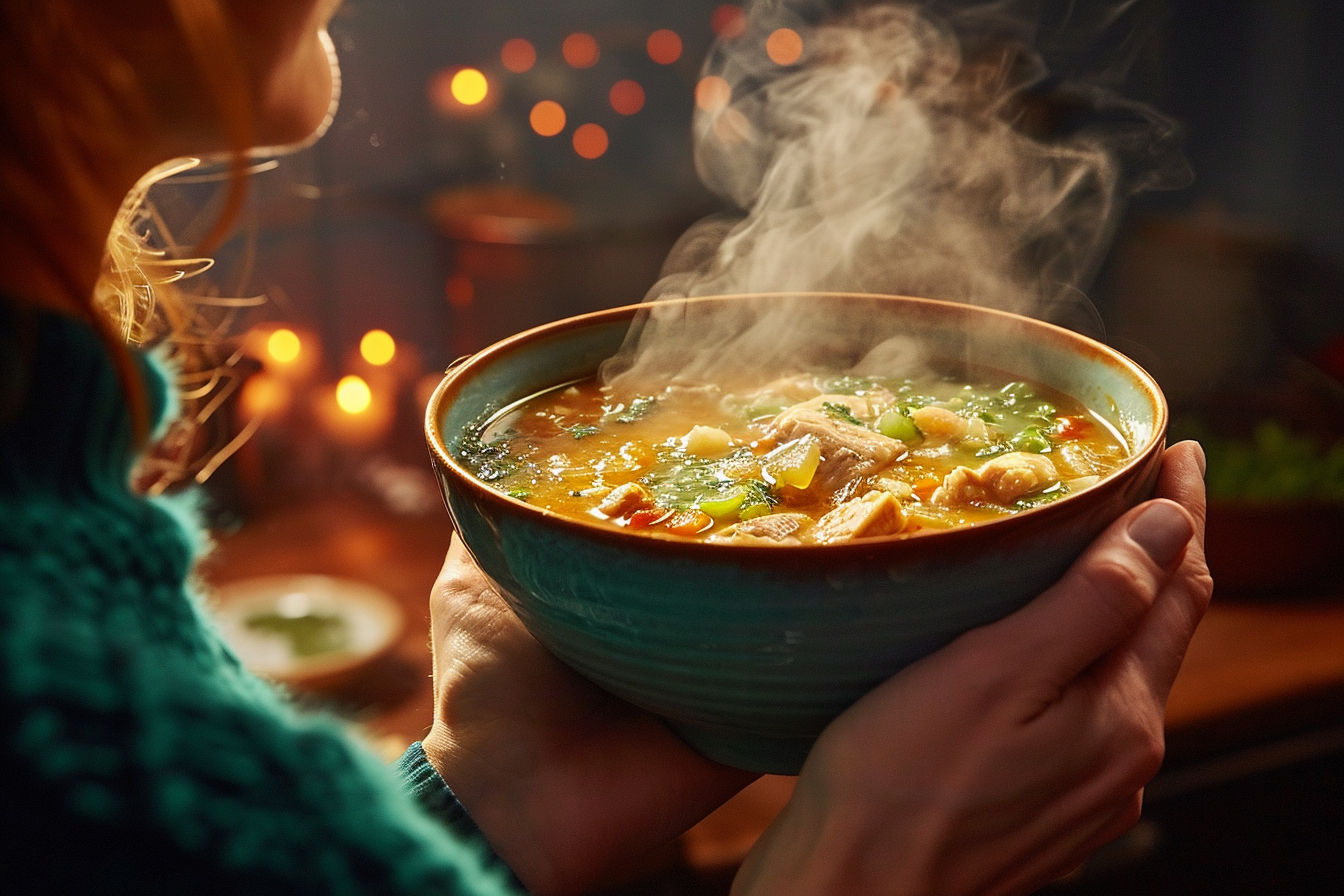Ramadan, a sacred period for Muslims around the world, is a time of fasting, prayer and reflection. During this month, from sunrise to sunset, the faithful abstain from all food and drink. This practice, although spiritually enriching, can be physically taxing. Thus, diet plays a crucial role in maintaining health and promoting a calm and effective practice of fasting.
The rediscovery of traditional healthy recipes
A rich and varied culinary heritage
In the diversity of Islamic cultures, traditional recipes abound, carried by an ancestral heritage. Traditional dishes, symbolizing family unity and sharing, regain popularity during Ramadan. They constitute a strong link with the history and customs which define the identity of each community.
Nutritional benefits in the spotlight
A balanced diet is essential to get through this month of fasting without harming your health. Traditional recipes, often passed down from generation to generation, are renowned for their nutritional balance. They combine whole grains, legumes, lean meats, fruits and vegetables, which constitutes a diversified and healthy diet.
The choice of natural ingredients
Fans of these recipes draw on the abundance of fresh, local produce. Natural ingredients are favored for their provision of essential nutrients. Spices, typical of oriental cuisine, are also widely used for their antioxidant and anti-inflammatory properties.
Optimized digestion
The digestion process slows down during fasting. Large, fatty meals can weigh down the body and make it difficult to return to eating. Traditional recipes, often consisting of stews and soups, promote easier digestion.
Societal craze for a healthier lifestyle
The return to food sources
Questioning your diet has become a major concern. A trend is seeing a return to basics, to old recipes, considered healthier. We notice a quest for meaning and authenticity which results in a renewed interest in traditional preparations.
Raising awareness of dietary practices
Health is at the heart of concerns contemporary. The impact of our diet on our well-being is widely reported by the media, health professionals and influencers. This context stimulates interest in recipes that have proven themselves and are respectful of the needs of our body.
The influence of social networks
Digital platforms have a considerable influence on culinary trends. Sharing traditional healthy recipes on social networks contributes to this enthusiasm. Everyone can then discover and try preparations from different cultures at home.
The search for balance in fasting
The importance of breaking the fast
Iftar, the meal to break the fast, is a key moment. This meal is strategic, because it must recharge the body with energy without causing imbalance or digestive overload. Traditional recipes provide foods to be enjoyed in stages, from the lightest to the most substantial, thus respecting the biological rhythm of the body.
Suhur, last meal before dawn
The Suhur, taken before dawn, should last throughout the day. Traditional recipes for this meal are designed to release energy gradually and avoid cravings. We particularly favor foods with a low glycemic index.
Conviviality and sharing at the heart of Ramadan
Strengthen community ties
Traditional recipes are a way to unite people, to create an atmosphere of sharing and solidarity. During Ramadan, families, friends and neighbors come together around the same meal, thus strengthening social bonds. Meal preparation becomes a community act.
Transmitting cultural heritage
Preparing ancestral recipes is a way of transmitting cultural heritage. Younger generations learn from their elders the secrets of dishes that have stood the test of time. This growing interest in traditional healthy recipes during Ramadan reflects a desire to safeguard cultural identity.
Culinary innovation during Ramadan
Adapting traditions to modernity
Although interest in traditional recipes is marked, innovation is not put aside. Modern cooking techniques and advances in nutrition make it possible to reinvent classics in healthier versions while retaining the essence of the original flavors.
The emergence of a gastronomic niche
The demand for healthy alternatives to traditional gastronomy during Ramadan has favored the emergence of specialized catering services and dedicated culinary publications. This illustrates the vitality of this craze and the public’s interest in a diet that combines tradition and health.
The revitalization of traditional healthy recipes during Ramadan reflects a global awareness of the impact of diet on physical and spiritual well-being. This period highlights the need for food that is both satisfying in terms of taste and beneficial to the body. We observe a beautiful harmony between respect for spiritual practices, the search for well-being and the promotion of a rich culinary heritage. Ramadan thus becomes a catalyst for food trends that are part of a long-term perspective, well beyond the month of fasting.
The discussion on the craze for traditional healthy recipes during Ramadan can continue by evoking personal stories, testimonies of life changes or even additional studies on the benefits of a revisited traditional diet. The open question is thus: what will future Ramadans bring on a culinary and religious level, knowing that the current movement is moving towards an enriched rediscovery of ancestral traditions?












